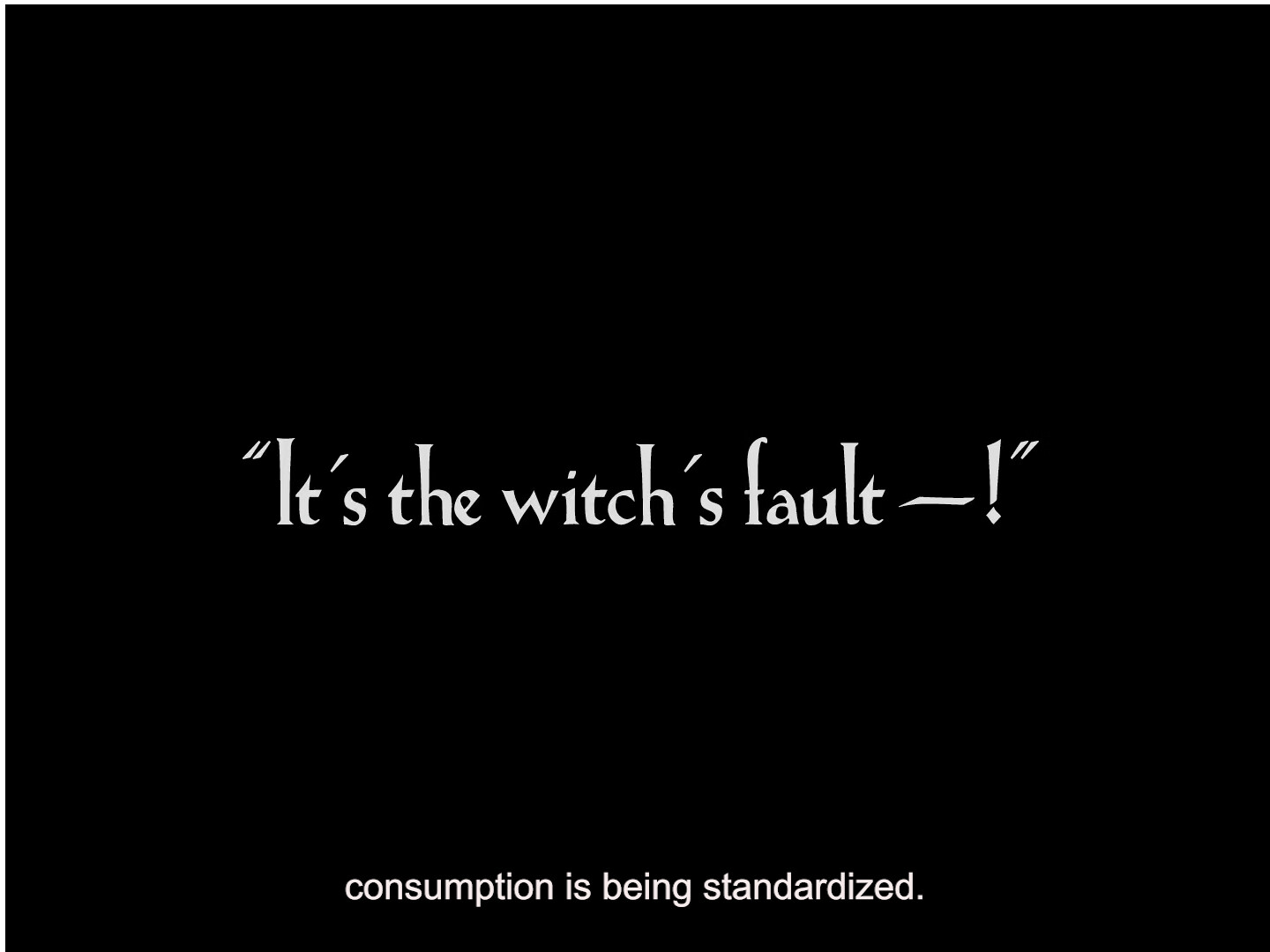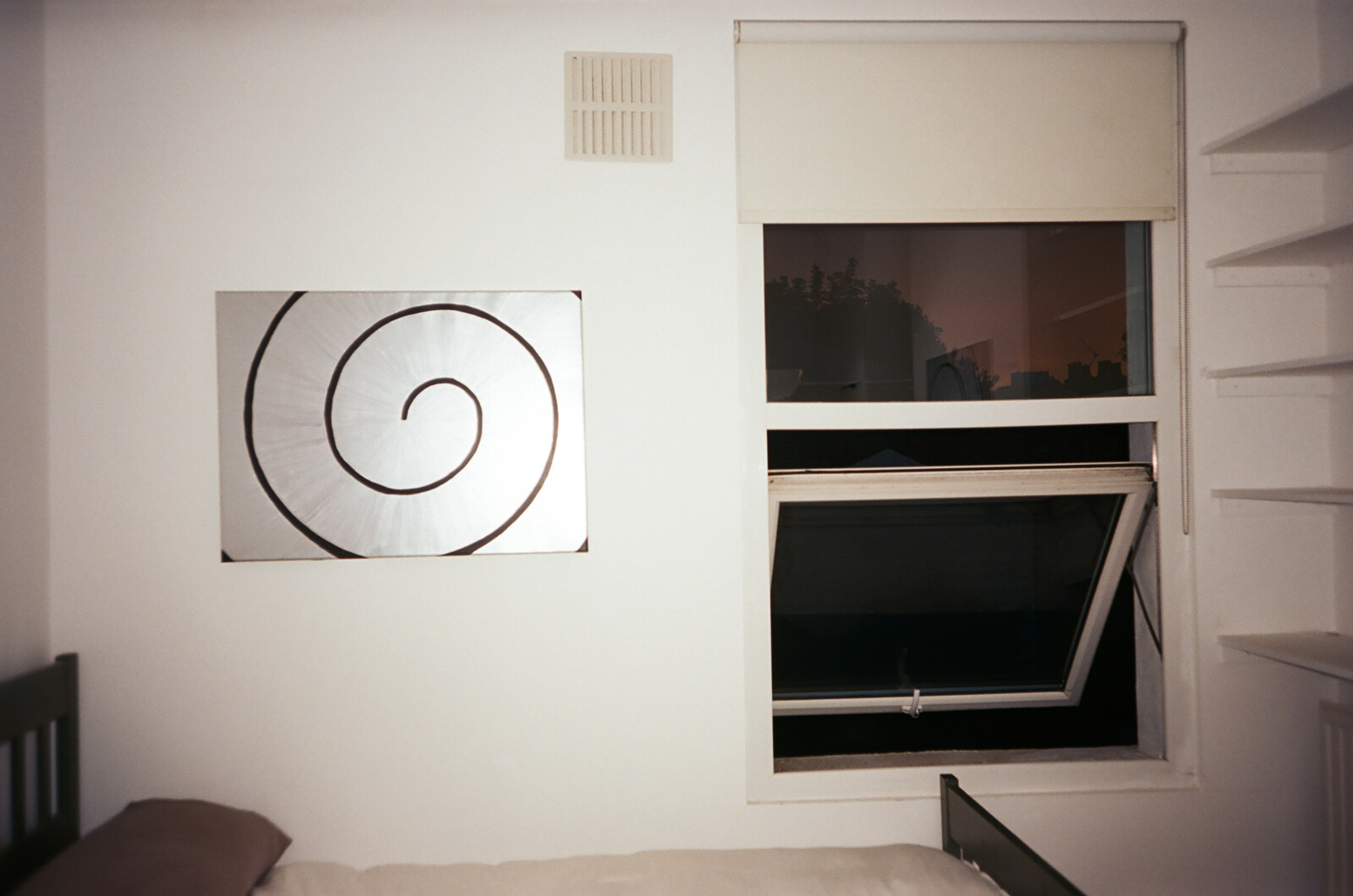Laura Langer: Headlines
September 4–November 27, 2022
Im Volksgarten
CH - 8750 Glarus
Switzerland
Hours: Wednesday–Friday 12–6pm,
Saturday–Sunday 11am–5pm
T 41 0 55 640 25 35
office@kunsthausglarus.ch
Silvia Kolbowski presents the video works Who will save us? (2022) and Missing Asher (2019) in two exhibition spaces at Kunsthaus Glarus. The work Who will save us? was created especially for this exhibition. The video is a “mashup” of two films: Metropolis (1927, directed by Fritz Lang) and THX 1138 (1971, directed by George Lucas), both futuristic science-fiction films about life and work in hierarchical two-class societies. In Who will save us? Kolbowski reduces three and a half hours of film from two different decades into a 14-minute film loop. The experimental compilation of footage creates a new narrative that resonates with the prescience of the original films, but relates to the present political moment, in which the psychological aspects of group dynamics interact with neoliberal capitalism’s embrace of technology and polarized wealth.
In her work, Kolbowski employs mainly time-based media to grapple with questions of historicity, political resistance, and the influence of the unconscious on socio-politically motivated mass movements. As part of her conceptual approach, she often draws on historical source material in analyzing and working experimentally with cultural phenomena and power-structure imbalances.
The video Missing Asher (2019) is a further elaboration on Enlarged from the Catalogue: Michael Asher Writings 1973–1983 on Works 1969–1979 (The Press of the Nova Scotia College of Art and Design and The Museum of Contemporary Art, Los Angeles, 1983), a site-specific, installation work from 1990. In this video, Kolbowski addresses the creation and evolution of her own project. In Missing Asher, Kolbowski is concerned with the rules dictating the commercial circulation of aesthetic values. The video work – including her correspondence with the influential conceptual artist, Michael Asher – raises the question of whether the de facto stipulations of the art market are permanently aligned against conceptual, research-based works.
b. 1953 in Buenos Aires. Lives and works in New York.
Laura Langer presents two new groups of works in her exhibition Headlines: a series of paintings with spirals on a silver background and an installation incorporating the skylight in the exhibition space. The paintings show different sections of the same motif. The series presents the viewer with an initially simple idea: we only need to see a small section of the spiral in order to reflect on it further in our mind. The artist associates the spiral motif with incessant thoughts you can’t get rid of. The spiral is a form that endlessly rotates around itself. This is contrasted with the grid of the installation on the skylight. Straight lines meet, cross one another, and create a system of order. Collaged onto this are excerpted headlines from London tabloid newspapers. References to current events spread out over the heads of viewers in the exhibition space. The installation makes visible the linguistic configuration of the headlines and also alludes to their event-like nature. Headlines typically convey basic, factual information, but Laura Langer omits location and subject matter. What remains is the mode of language. Words are cut out and reconfigured along lines, forming a web of linguistically amplified and attention-grabbing accumulations of loosely associated meanings. In these two groups of works, Langer presents different systems of ordering lines and explores how they influence our viewing of them. Resulting from this interaction with language are complex approaches to the question of how we subjectively process information and complete it in our mind.
Laura Langer is a painter with a conceptual approach. She works in series, establishing links between the work and the space of presentation. She incorporates the viewer’s perception into her reflections and artistic processes, weaving together personal as well as socio-political themes within a specific series of works. In addition to painting, she works with photography, and language.
b. 1986 in Buenos Aires. Lives and works in Berlin.
Accompanying the exhibitions is an interview between the artists and Melanie Ohnemus, Director Kunsthaus Glarus. The interviews are available on our website.



